- Felisac
- September 22, 2023
- 5:48 am

FiberMall
Answered on 5:48 am
QSFP28 and 100G QSFP essentially refer to the same thing. Both terms are often used interchangeably to describe a kind of high-speed transceiver module that’s used in networking hardware.
QSFP stands for “Quad Small Form-factor Pluggable,” and it’s a standard developed for high-speed data communications. QSFP28 is a specific type of QSFP module that’s designed to carry 100 Gigabits per second, hence the term 100G QSFP.
The “28” in QSFP28 refers to the maximum Gigabits per second that each of the four channels in the module can carry. So with QSFP28 (or 100G QSFP), you have four channels each capable of carrying 25 Gigabits per second (4x25Gbps), giving a total of 100Gbps.
So, there isn’t really a difference between QSFP28 and 100G QSFP. They’re just different names for the same technology, and they both refer to a QSFP transceiver that’s capable of delivering 100 Gigabits per second of data transfer.
People Also Ask
Understanding the Power of NVIDIA’s BlueField-3 DPU
Introduction When working with NVIDIA’s H100 SXM servers, you may often see a configuration that includes two BFD-3 units. This raises questions, especially since the system already comes with eight CX-7 400G network cards. What are the fundamental differences and roles of BFD-3 compared to CX-7? Moreover, why does BFD
Joint Testing of 400GbE Optical Transmission System by FiberMall
FiberMall, in collaboration with Lumentum-Neophotonics, Cisco-Acacia, and EXFO, has successfully proposed a 927-kilometer end-to-end interoperable 400-GbE (Gigabit Ethernet) optical transmission system. This system integrates the latest 400G pluggable optical modules, addressing the needs of Ethernet clients (IEEE 802.3 400GBASE), data center interconnects (OIF 400-ZR), and metro/regional (400G OpenROADM) networks. The
Mellanox MMA1T00-HS: The Ultimate Guide to a 200G QSFP56 Optical Transceiver
As the technology for data centers has changed, so has the demand for greater bandwidth and transmission of data. The Mellanox MMA1T00-HS, which is a 200G QSFP56 optical transceiver, is a breakthrough in the field of connectivity as it offers a powerful solution for new-age network systems. This is a
Unlocking the Potential of the QSFP28 SR4 Optical Transceiver Module
The QSFP28 SR4 Optical Optical Transceiver Module addresses the issues surrounding high-speed data communication system designs, especially for modern data centers and high-performance computing environments. However, increased data requirements lead to solutions that are efficient, inexpensive, and reliable, with the more relevant being the ability to provide connections of up
How Does Combo PON Integrate GPON and XGSPON?
As fiber-to-the-home (FTTH) network technology rapidly advances, GPON (Gigabit Passive Optical Network) has become the standard choice for most operators worldwide. However, with increasing demands for higher bandwidth, symmetrical rates, and lower latency, XGSPON (10G Symmetric Passive Optical Network) is gaining attention as the next-generation fiber access technology. In this
Mastering the 400gbase-dr4 Transceiver: A Comprehensive Guide to Optical Excellence
The evolution of optical transceiver technology has been a major factor in fulfilling the increasing demand for data transfer rates and capacity in contemporary networks. 400GBASE-DR4 transceiver is one of the latest examples of such a technology, which is developed specifically to allow faster data communication via single-mode fiber optic
Related Articles
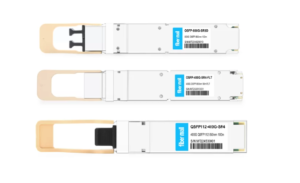
800G SR8 and 400G SR4 Optical Transceiver Modules Compatibility and Interconnection Test Report
Version Change Log Writer V0 Sample Test Cassie Test Purpose Test Objects:800G OSFP SR8/400G OSFP SR4/400G Q112 SR4. By conducting corresponding tests, the test parameters meet the relevant industry standards, and the test modules can be normally used for Nvidia (Mellanox) MQM9790 switch, Nvidia (Mellanox) ConnectX-7 network card and Nvidia (Mellanox) BlueField-3, laying a foundation for
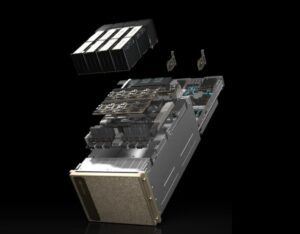
Understanding the Power of NVIDIA’s BlueField-3 DPU
Introduction When working with NVIDIA’s H100 SXM servers, you may often see a configuration that includes two BFD-3 units. This raises questions, especially since the system already comes with eight CX-7 400G network cards. What are the fundamental differences and roles of BFD-3 compared to CX-7? Moreover, why does BFD
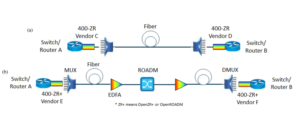
Joint Testing of 400GbE Optical Transmission System by FiberMall
FiberMall, in collaboration with Lumentum-Neophotonics, Cisco-Acacia, and EXFO, has successfully proposed a 927-kilometer end-to-end interoperable 400-GbE (Gigabit Ethernet) optical transmission system. This system integrates the latest 400G pluggable optical modules, addressing the needs of Ethernet clients (IEEE 802.3 400GBASE), data center interconnects (OIF 400-ZR), and metro/regional (400G OpenROADM) networks. The
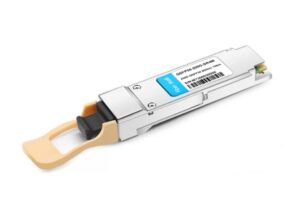
Mellanox MMA1T00-HS: The Ultimate Guide to a 200G QSFP56 Optical Transceiver
As the technology for data centers has changed, so has the demand for greater bandwidth and transmission of data. The Mellanox MMA1T00-HS, which is a 200G QSFP56 optical transceiver, is a breakthrough in the field of connectivity as it offers a powerful solution for new-age network systems. This is a
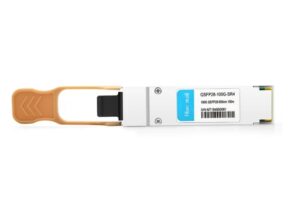
Unlocking the Potential of the QSFP28 SR4 Optical Transceiver Module
The QSFP28 SR4 Optical Optical Transceiver Module addresses the issues surrounding high-speed data communication system designs, especially for modern data centers and high-performance computing environments. However, increased data requirements lead to solutions that are efficient, inexpensive, and reliable, with the more relevant being the ability to provide connections of up
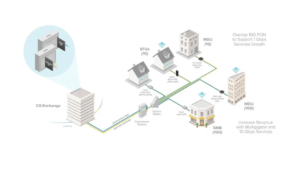
How Does Combo PON Integrate GPON and XGSPON?
As fiber-to-the-home (FTTH) network technology rapidly advances, GPON (Gigabit Passive Optical Network) has become the standard choice for most operators worldwide. However, with increasing demands for higher bandwidth, symmetrical rates, and lower latency, XGSPON (10G Symmetric Passive Optical Network) is gaining attention as the next-generation fiber access technology. In this
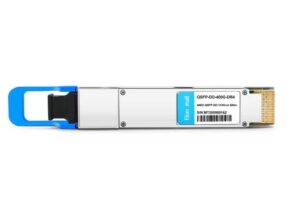
Mastering the 400gbase-dr4 Transceiver: A Comprehensive Guide to Optical Excellence
The evolution of optical transceiver technology has been a major factor in fulfilling the increasing demand for data transfer rates and capacity in contemporary networks. 400GBASE-DR4 transceiver is one of the latest examples of such a technology, which is developed specifically to allow faster data communication via single-mode fiber optic
Related posts:
- Is the CX7 NDR 200 QSFP112 Compatible with HDR/EDR Cables?
- Is UFM as Functional as Managed Switch and Unmanaged Switch?
- What FEC is Required When the 400G-BIDI is Configured for Each of the Three Operating Modes?
- What Type of Optical Connectors do the 400G-FR4/LR4, 400G-DR4/XDR4/PLR4, 400G-BIDI (400G SRBD), 400G-SR8 and 400G-2FR4 Transceivers Use?
